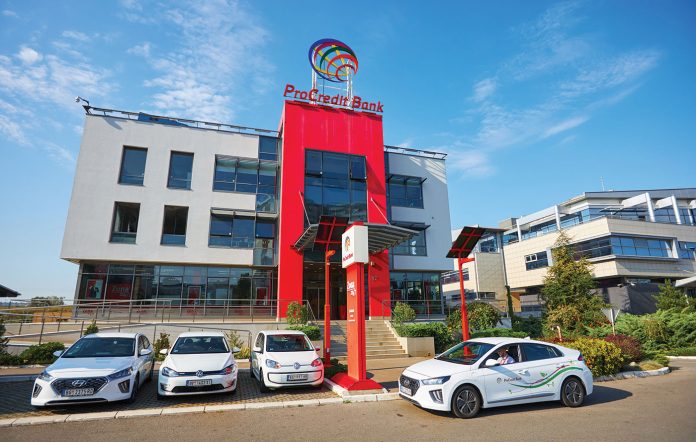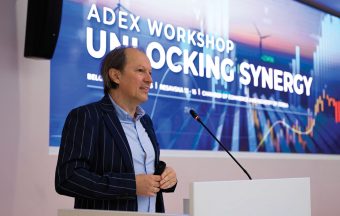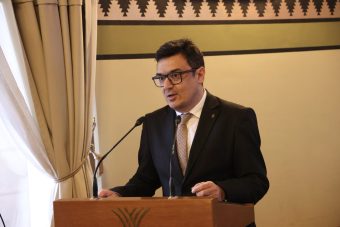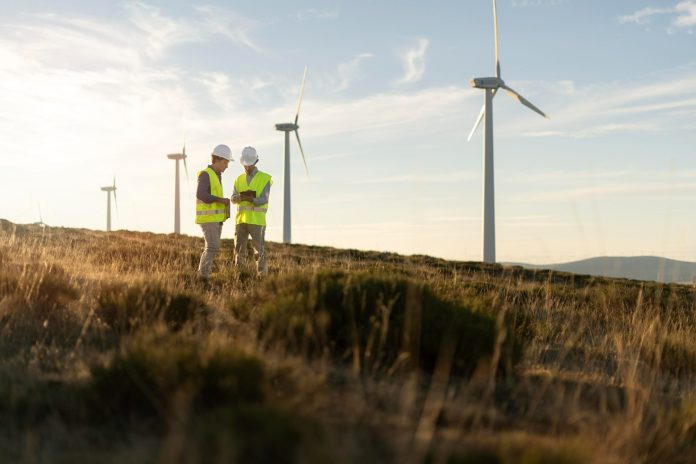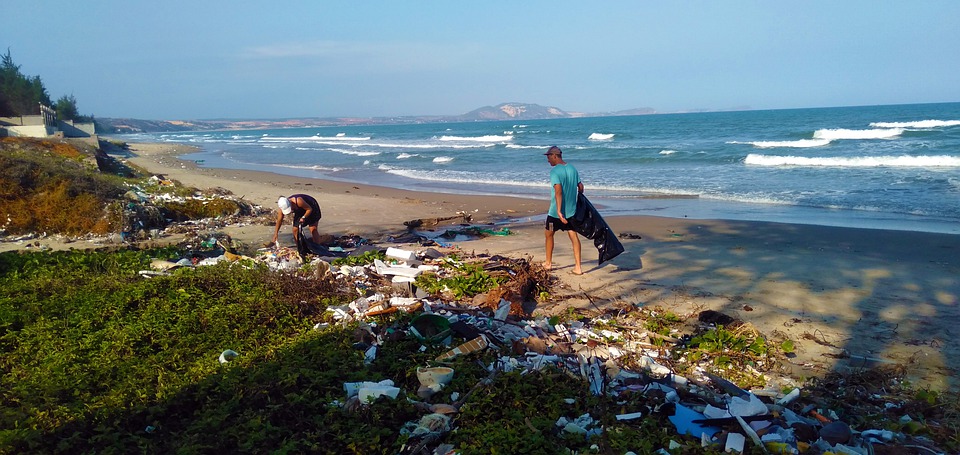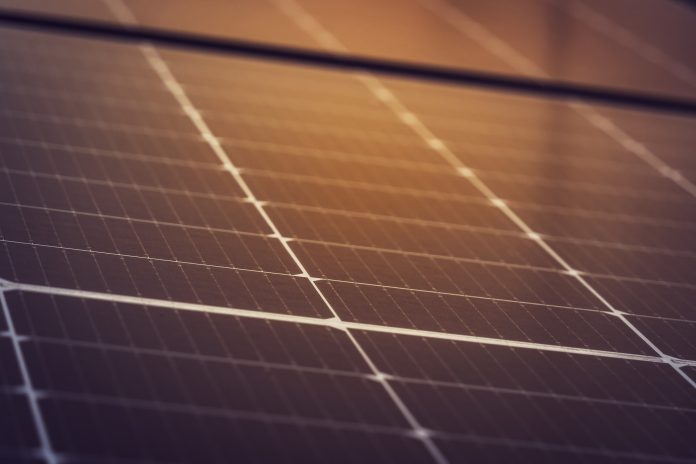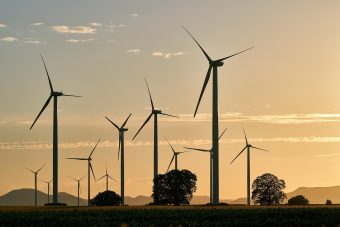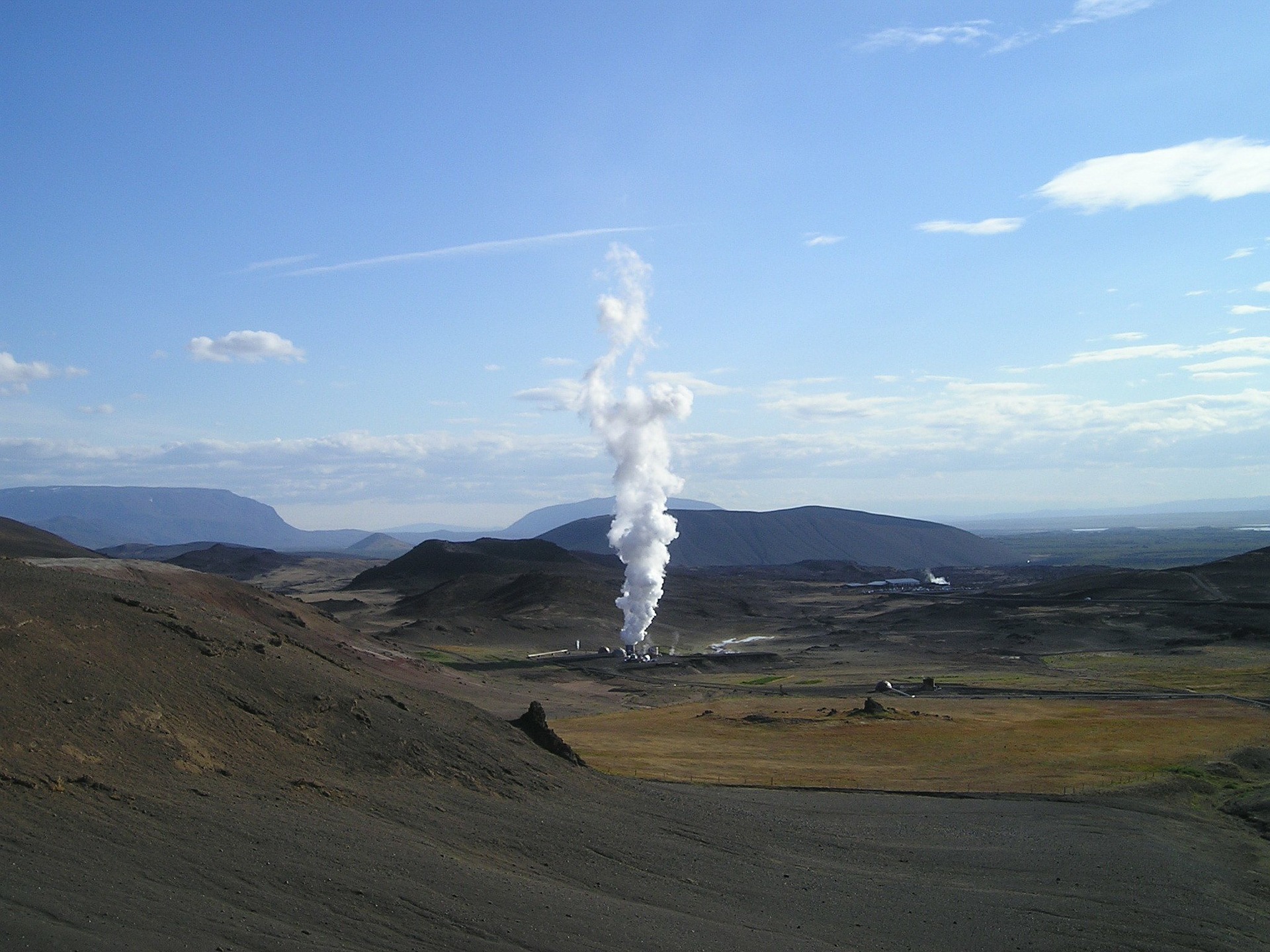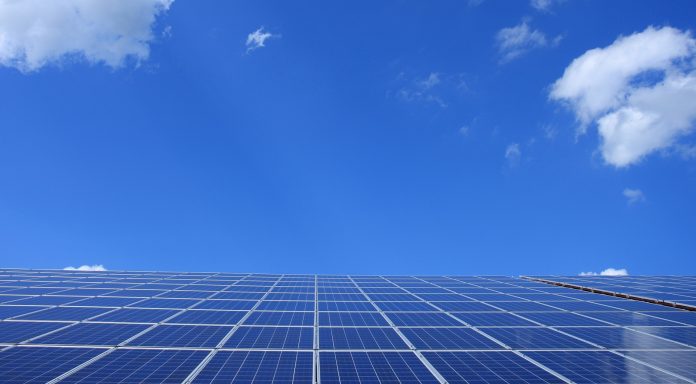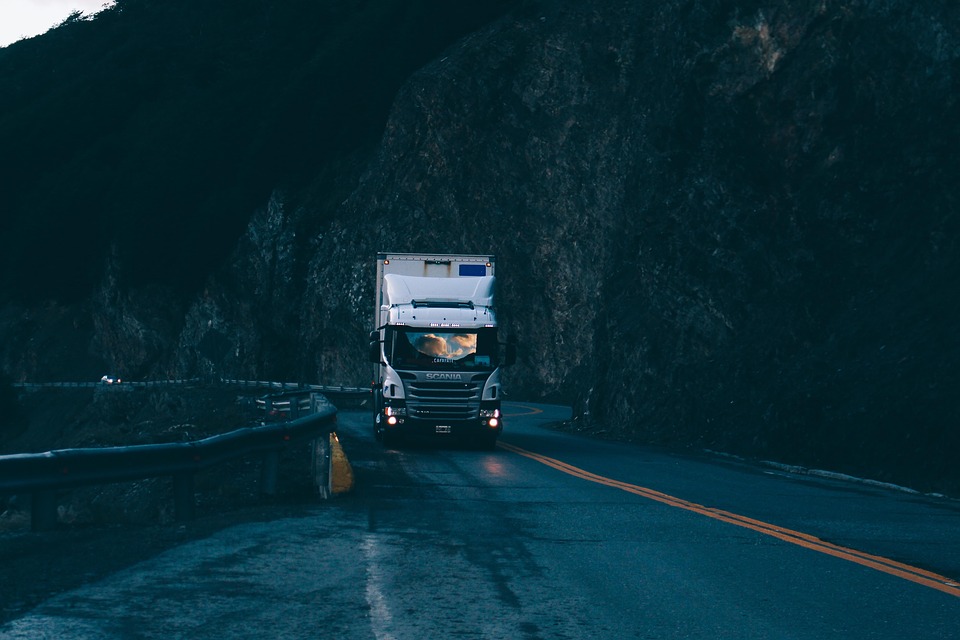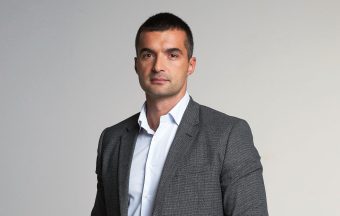
In an era where sustainable business practices have become imperative, ProCredit Bank stands out as an institution that not only follows modern standards but also sets them.
We spoke with Nemanja Tomić, member of the Executive Board of ProCredit Bank, about how the bank integrates environmental protection principles into its operations.
Q: ProCredit Bank has been applying sustainability principles for over a decade. How would you define your current environmental protection strategy?
A: Our approach is systematic, comprehensive, and deeply integrated into every aspect of our business. Since 2011, we have been implementing the Group Environmental Management Policy, and since 2016, we have been the first financial institution in Serbia to be certified according to the international ISO 14001:2015 standard. Through our internal Environmental Management System (EMS), we monitor and set concrete targets for resource consumption, waste management, and greenhouse gas emissions. We believe that sustainability cannot be a separate process but must be part of every business decision.
Q: What are the most important results achieved through the implementation of the EMS?
A: We have achieved significant reductions in resource consumption, but perhaps more importantly, we have seen a shift in awareness – both among our employees and clients. We have adapted our work processes to sustainable practices – we have digitalized services to reduce the need for paper documentation, and we systematically evaluate every procurement according to sustainability criteria. Additionally, we transitioned our vehicle fleet to low-emission models and installed over 40 free electric charging stations throughout Serbia to encourage citizens to make environmentally responsible choices. We also regularly measure CO2 emissions and other environmental impacts, which allows us to continuously improve our practices.
IN FOCUS:
- A Market Driving the Transition: Seepex at the Heart of a New Energy Era
- Sarajevo – an Example of Sustainable Urban Development
- Serbia on a Mission to Decarbonize Energy Sector
Q: One of the pillars of your strategy is managing credit risks from an environmental perspective. What does that specifically entail?
A: As a financial institution, we are aware that our responsibility extends beyond our internal environmental impact. That’s why we apply the Environmental and Social Risk Management Standard in all lending processes. We have a clearly defined Exclusion List – we do not finance businesses that harm the environment or society. Every client is evaluated from both an environmental and social risk perspective.
Q: ProCredit Bank is also known for the strong development of its green portfolio. How has this segment evolved?
A: Green financing is the third pillar of our strategy. In 2024 alone, we disbursed around 36 million euros in green loans, and the green portfolio currently accounts for about 15% of our total portfolio. Our medium-term goal is to increase that share to 20%. We finance energy efficiency projects, renewable energy sources, and other green initiatives that help our clients reduce costs and improve business quality. It’s also important to note that we are simultaneously raising awareness – through educational events, workshops, and participation in expert conferences.
Q: What are the next major sustainability initiatives you plan to implement?
A: Our goal is to align with the global net-zero strategy. This requires additional investments in renewable energy sources, infrastructure improvements, and further strengthening of our internal culture of responsibility. We are also updating our procurement procedures to ensure that sustainability becomes one of the main criteria in selecting partners.
Interview by Milena Maglovski
The interview was published in Energy portal Magazine PURE ENERGY


